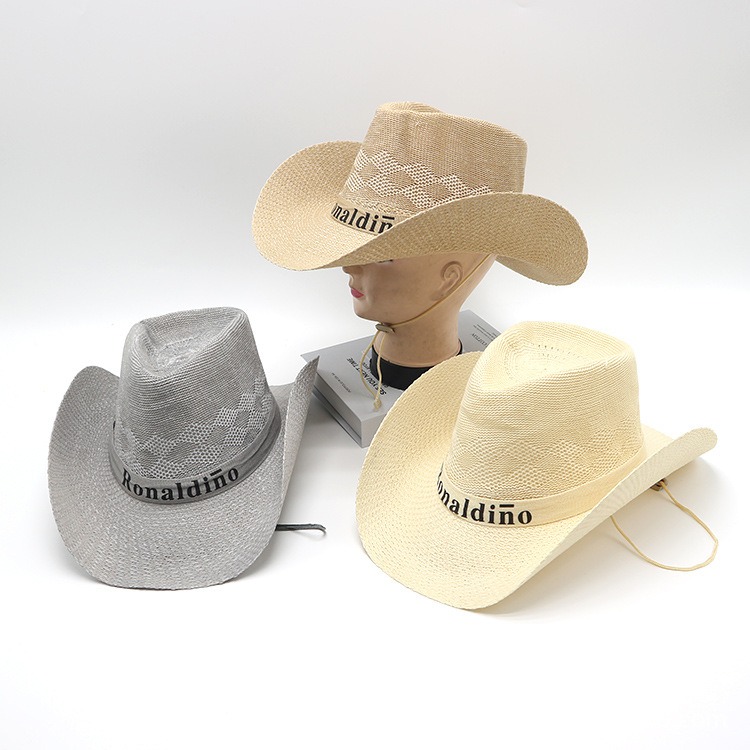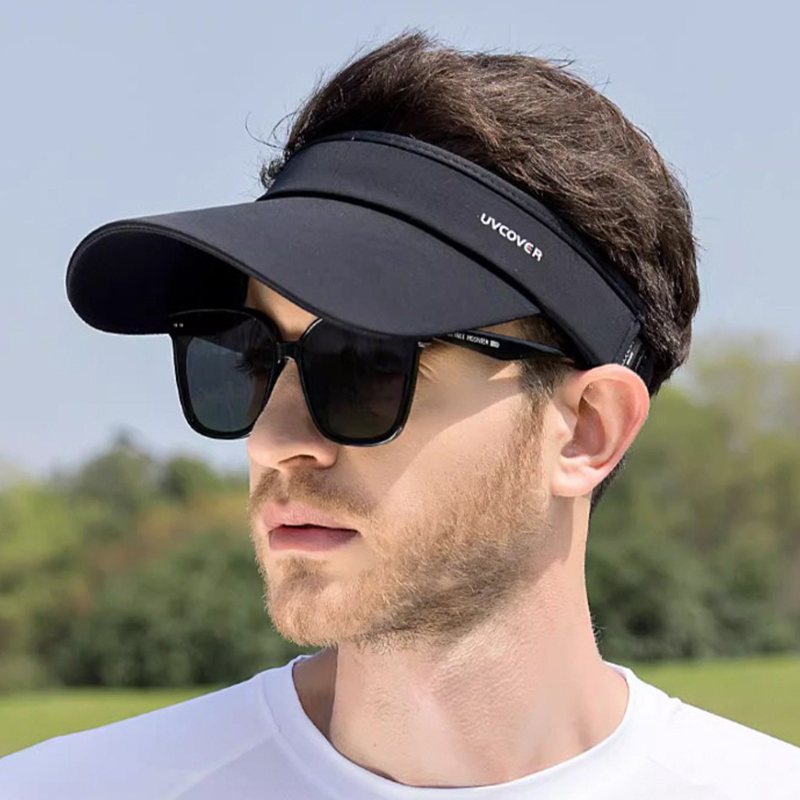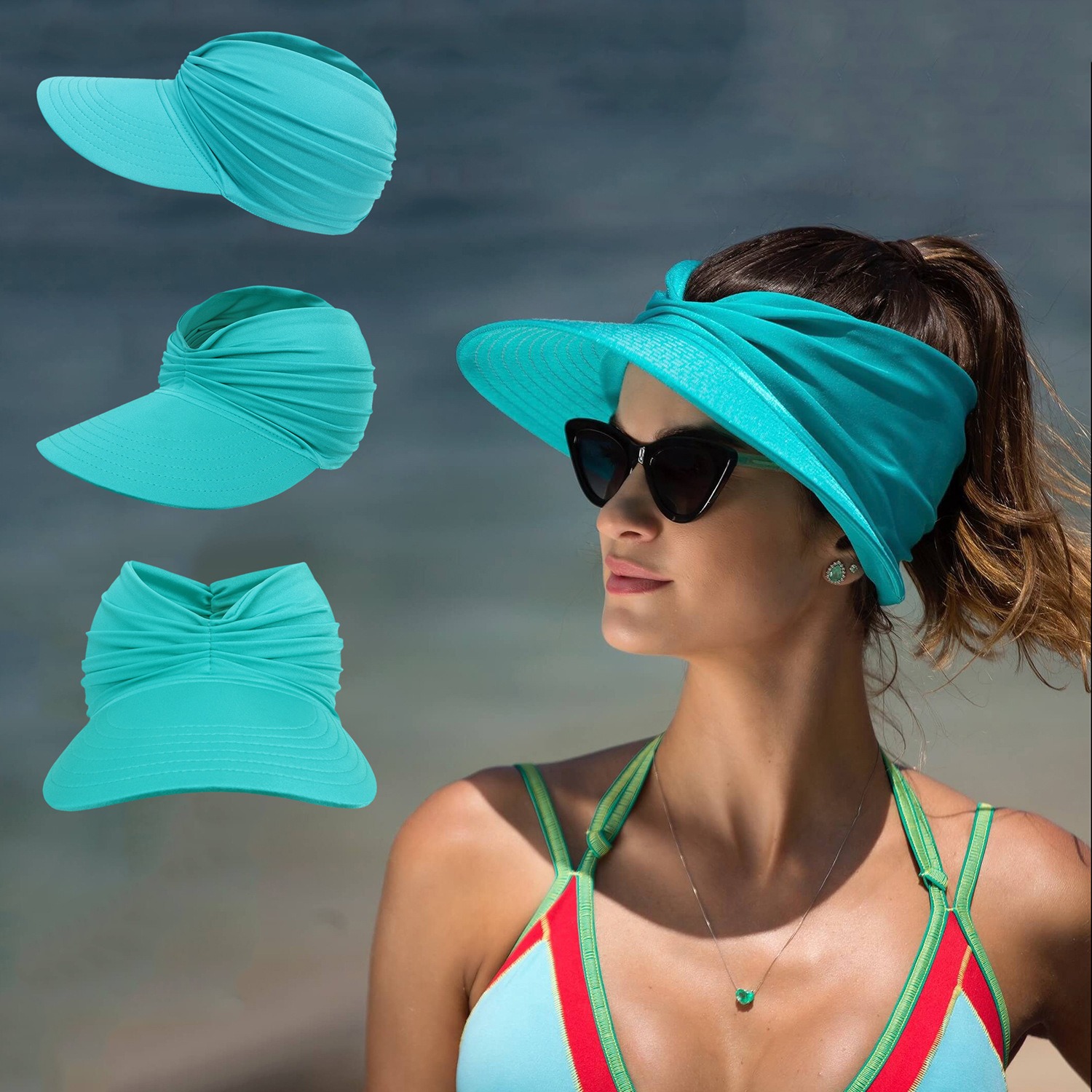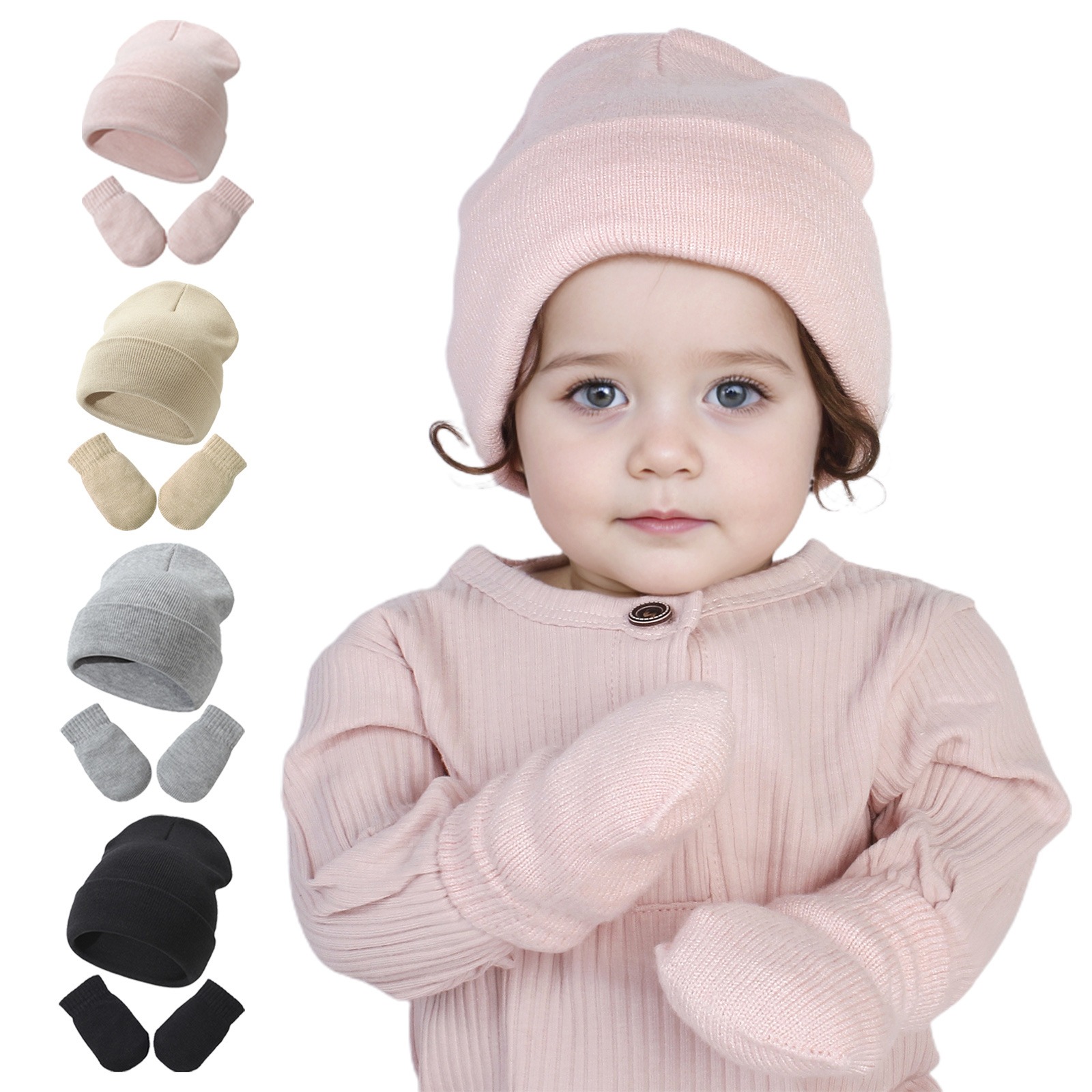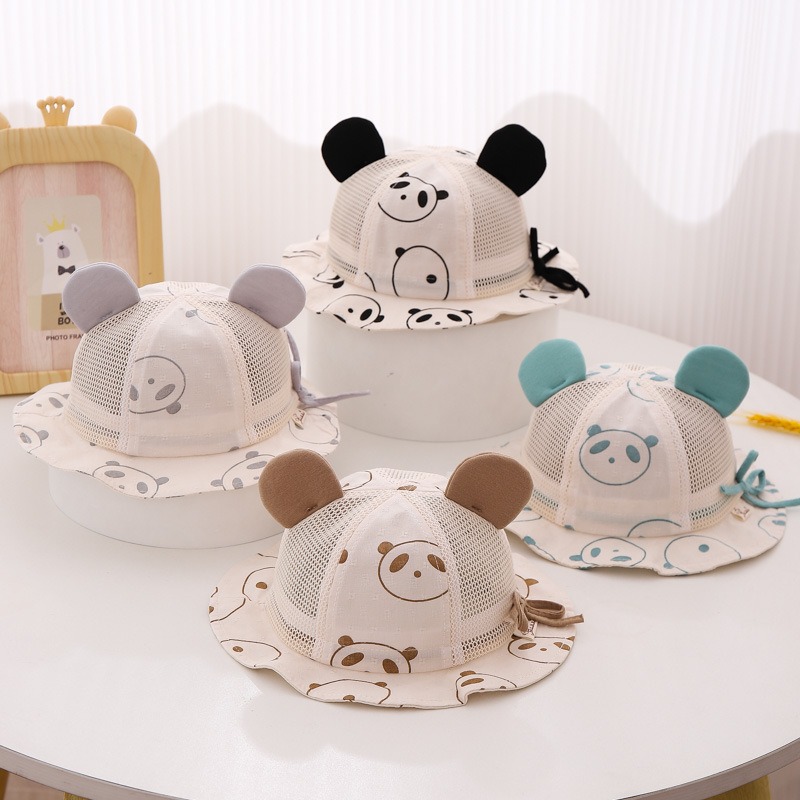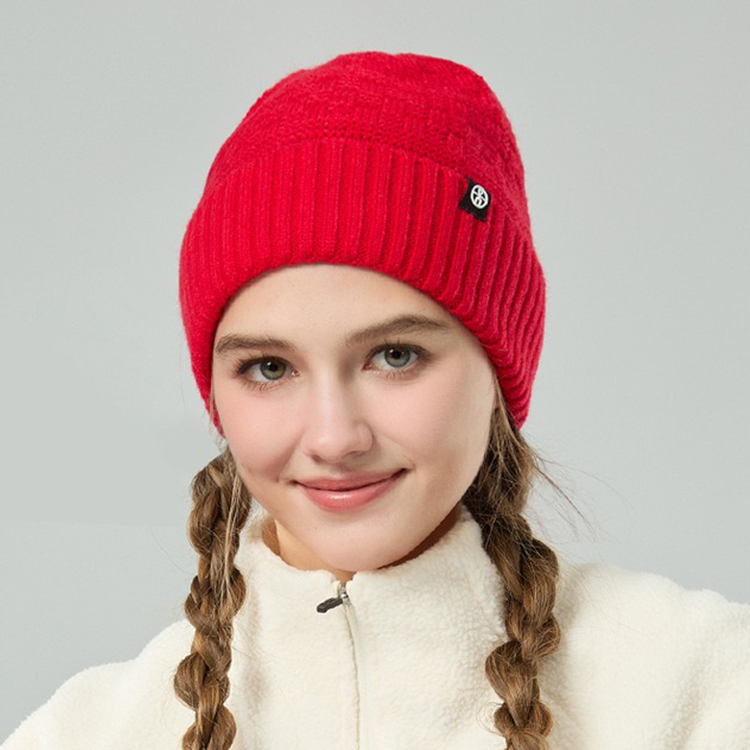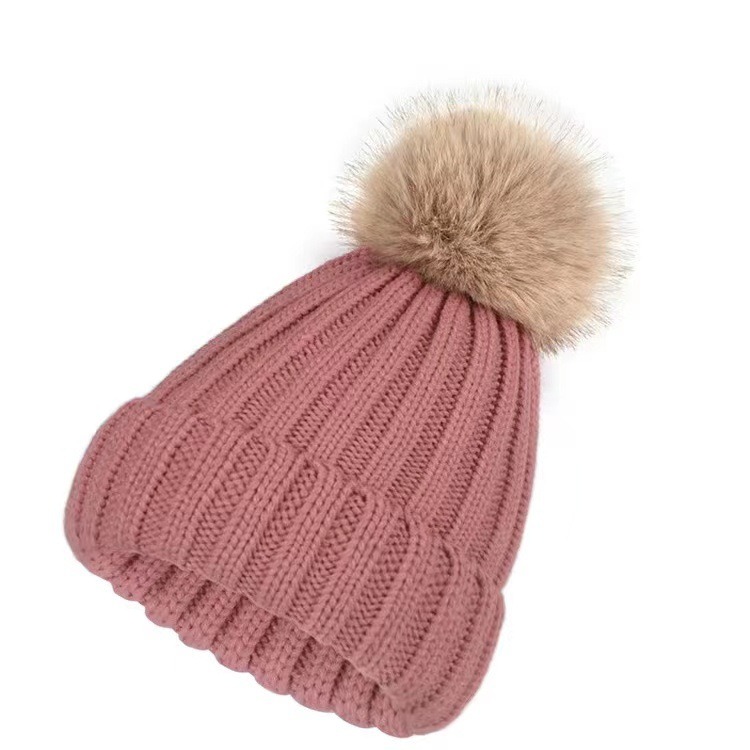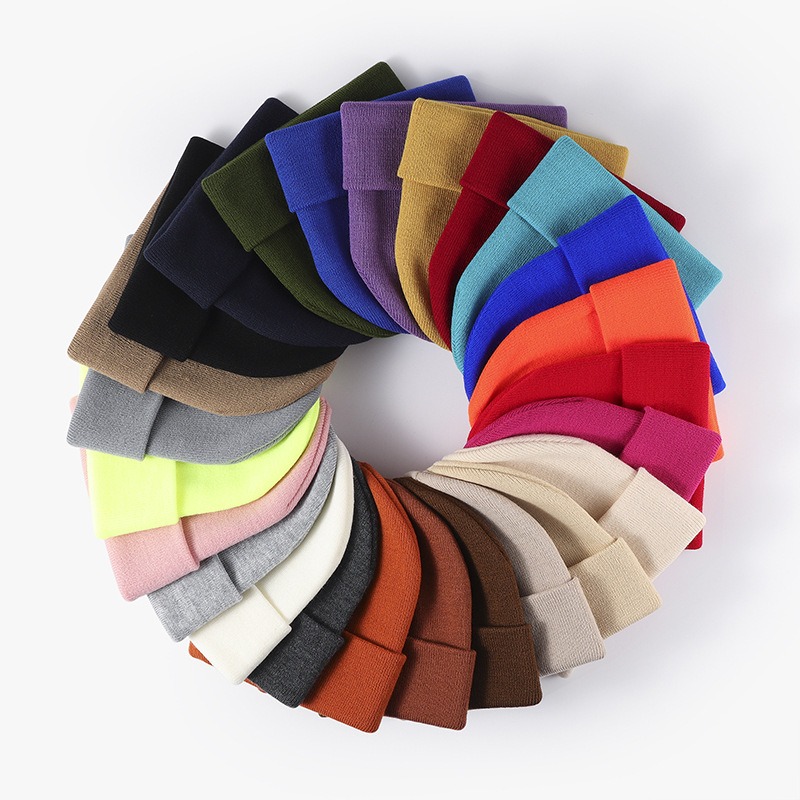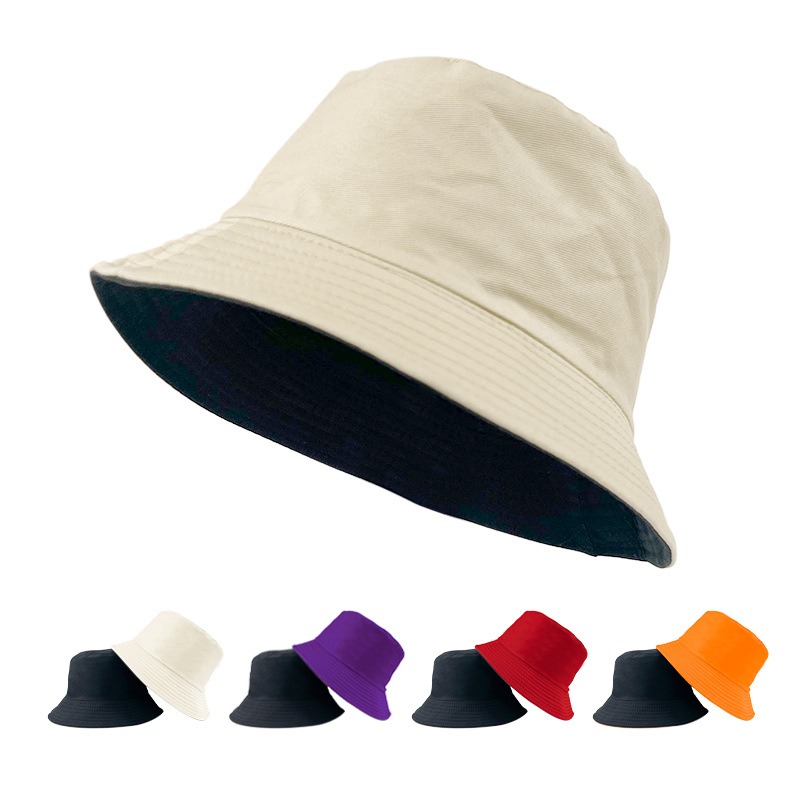There are significant differences in the performance and application scenarios of football jerseys made of different materials.
Performance differences in football uniform materials
Polyester: Polyester fabrics are mainly made from polyester fibres and offer the advantages of easy cleaning, fast drying and high strength, but the disadvantages are that they are not breathable, uncomfortable and prone to static electricity.
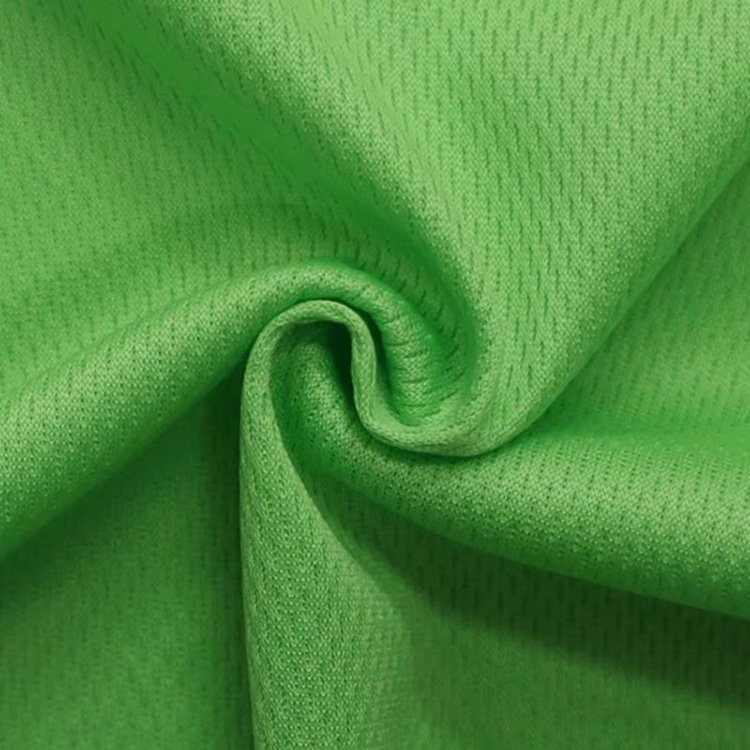
Nylon: Nylon fabrics are made of polyamide fibres, which are waterproof, tear-resistant and durable, but are poorly breathable, easily deformed and prone to static electricity.
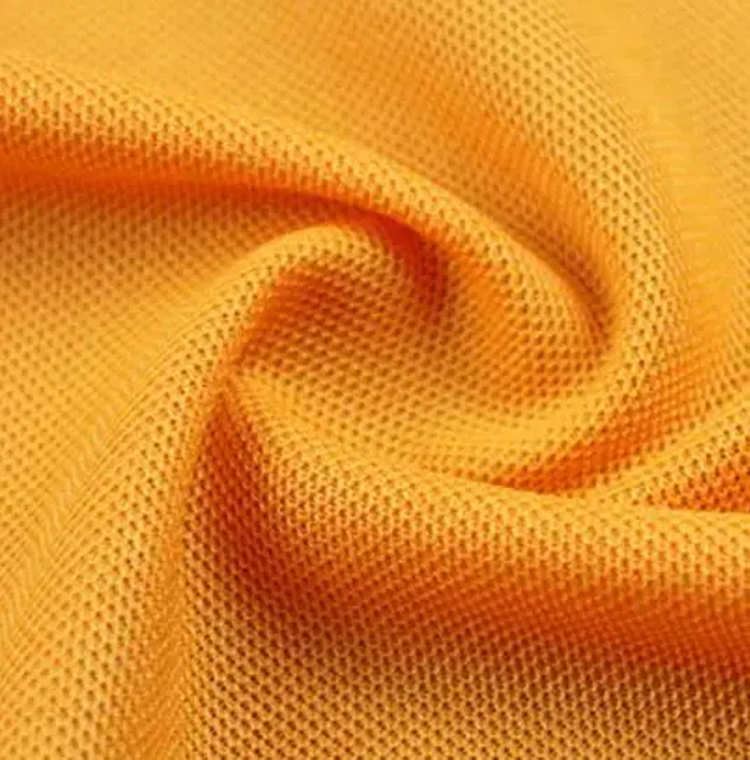
Cotton: Cotton fabrics are breathable, comfortable and suitable for wearing at lower temperatures, but they are poorly abrasion-resistant, easily wrinkled and not easy to dry.
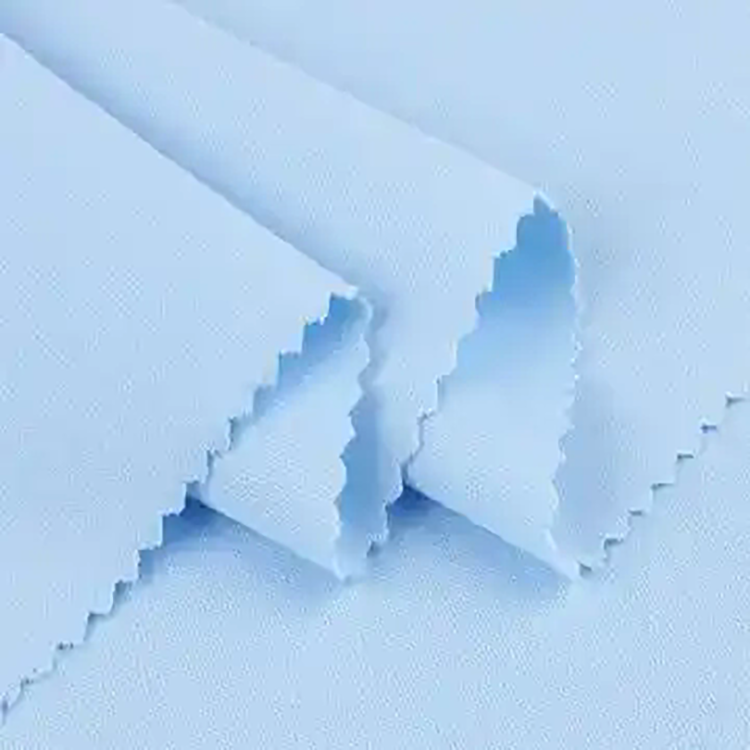
Moisture wicking fabrics: These fabrics help to keep the body dry and comfortable, and are particularly suitable for wearing when exercising, but are more expensive.
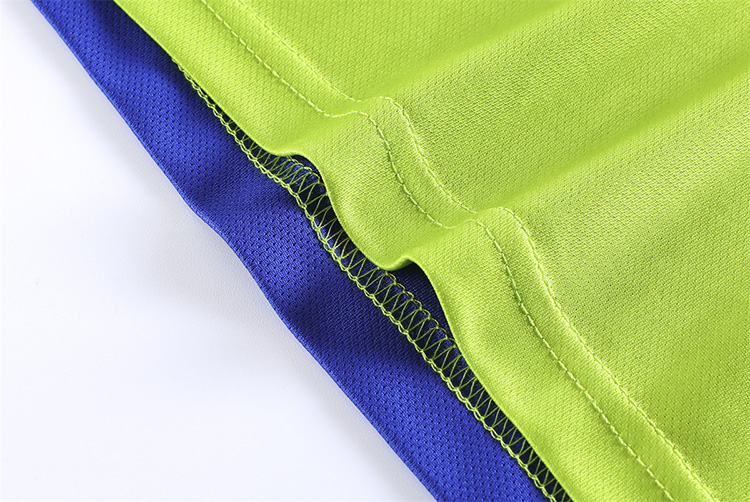
Stretch fabrics: Stretch fabrics add comfort and fit, but may affect performance if too much stretch is applied.
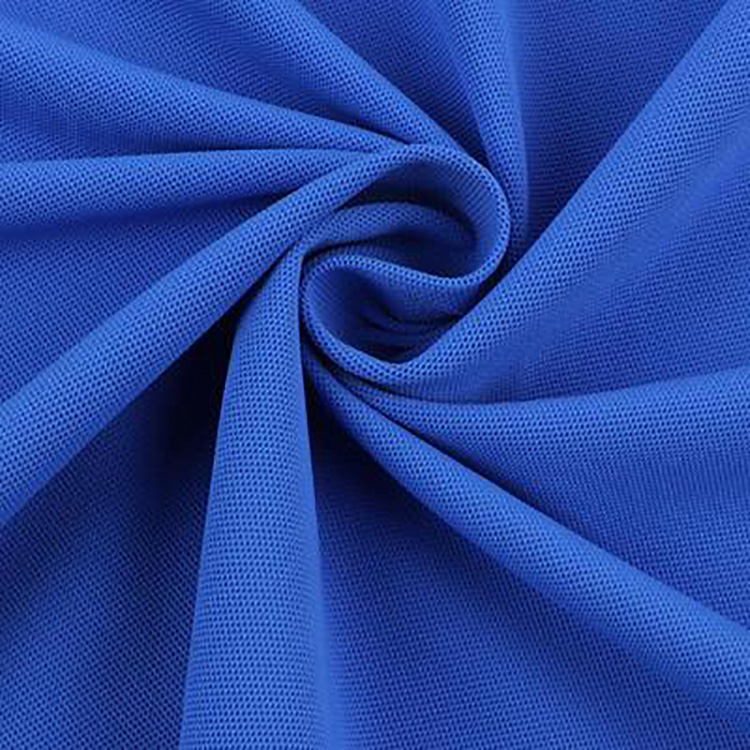
Radialised pattern fabrics: these add aesthetic appeal and uniqueness, but are more expensive and require special printing techniques.
Scenarios for different material football outfits
Polyester and nylon: suitable for high temperature and high humidity environments as they are easy to dry, but less breathable and comfortable.
Cotton: Suitable for use in lower temperatures with high breathability and comfort, but poor abrasion resistance and drying speed.
Moisture wicking fabrics: suitable for high intensity exercise, effective in keeping the body dry and comfortable.
Stretch fabrics: suitable for sports that require high elasticity, such as football, but note that too much elasticity may affect performance.
Radialised pattern fabrics: suitable for the pursuit of uniqueness and aesthetics, such as competitions or special events.
Different fabrics have different advantages, we can customize football jerseys, football shorts, football kits according to the fabric you want.


